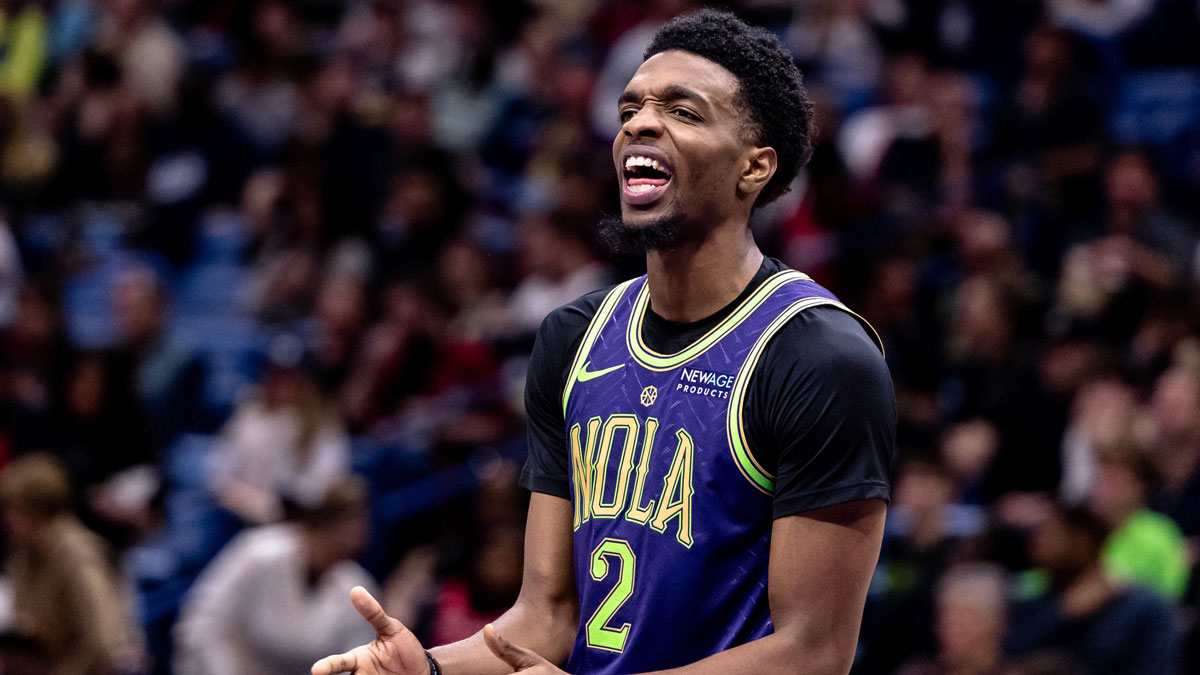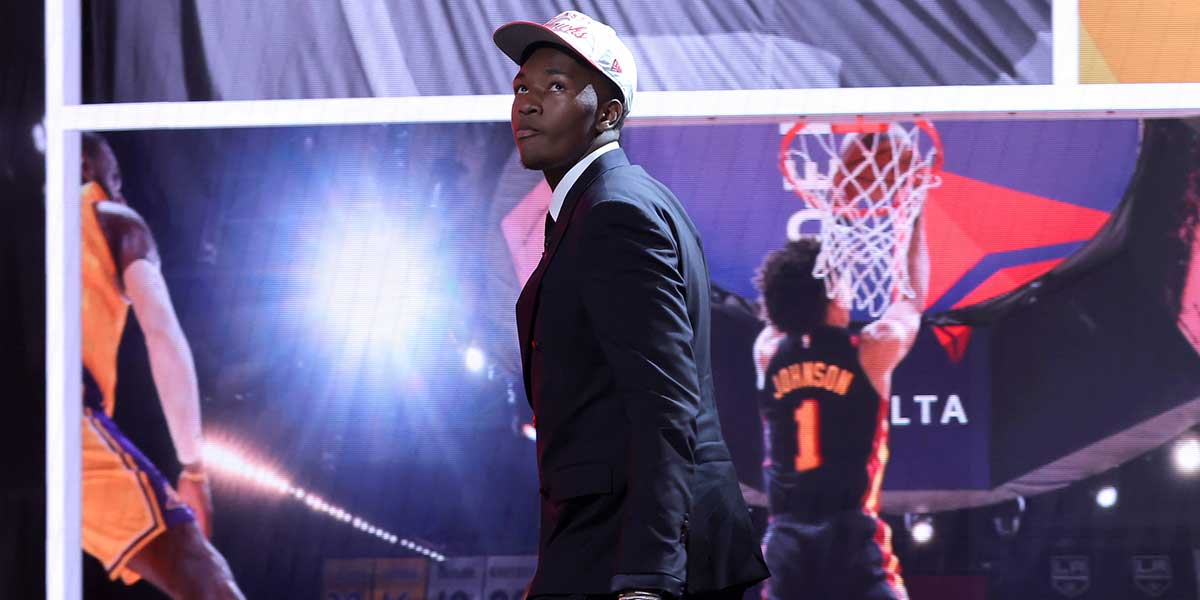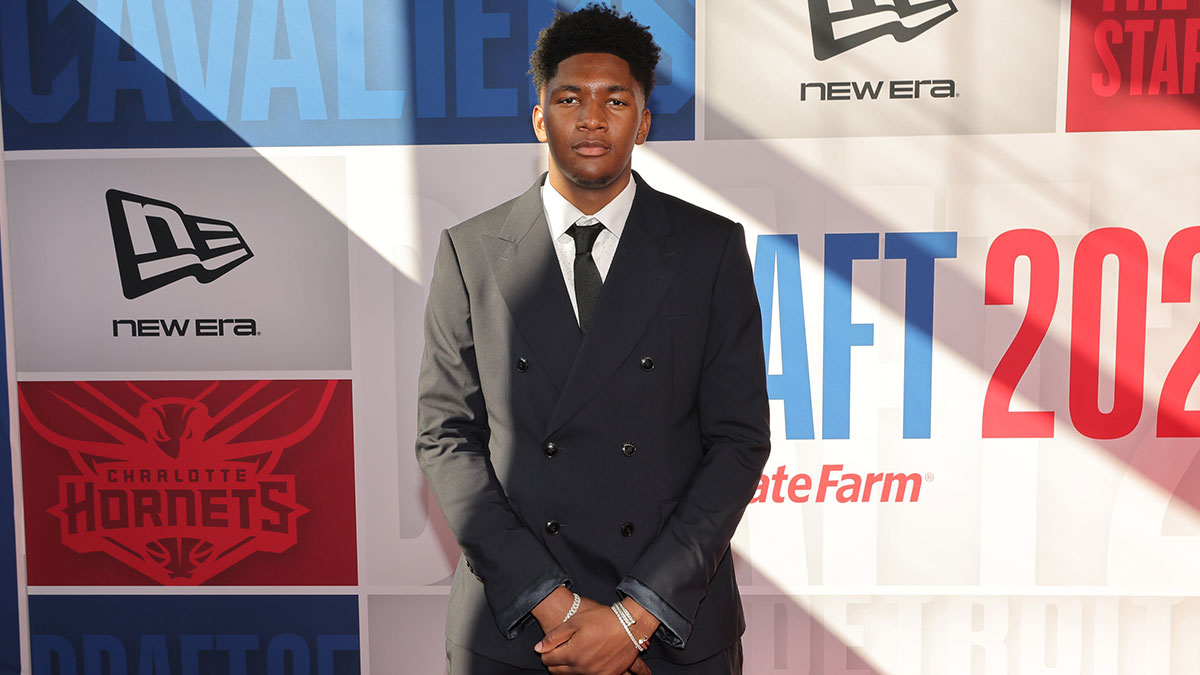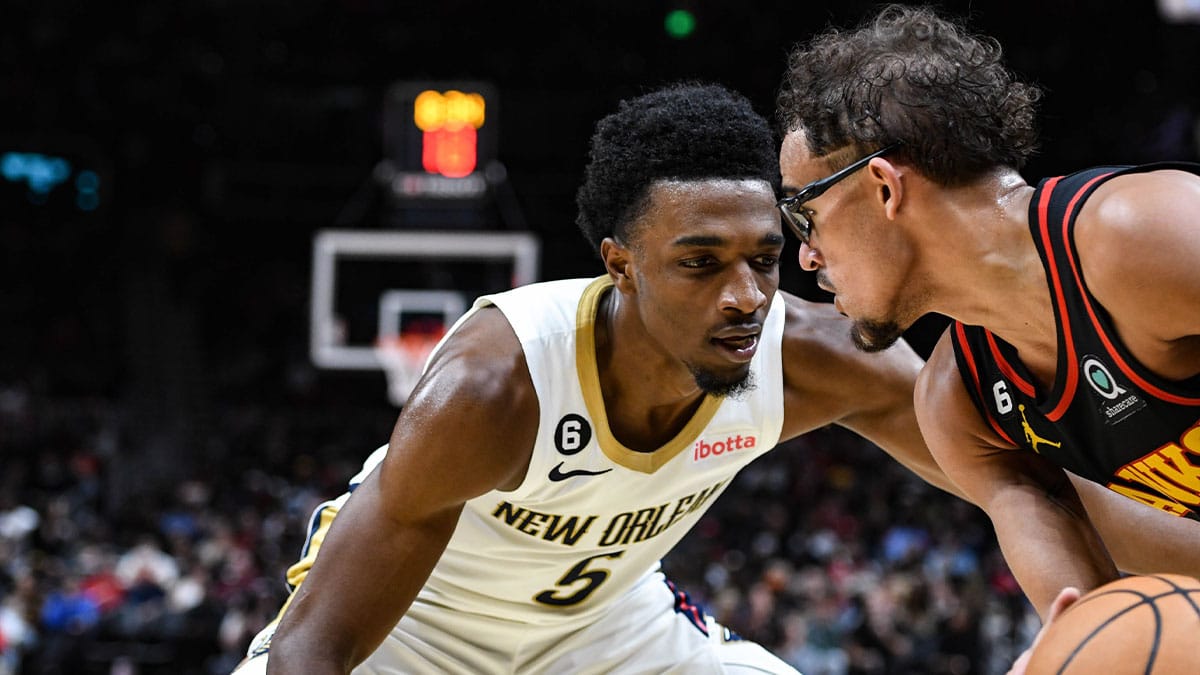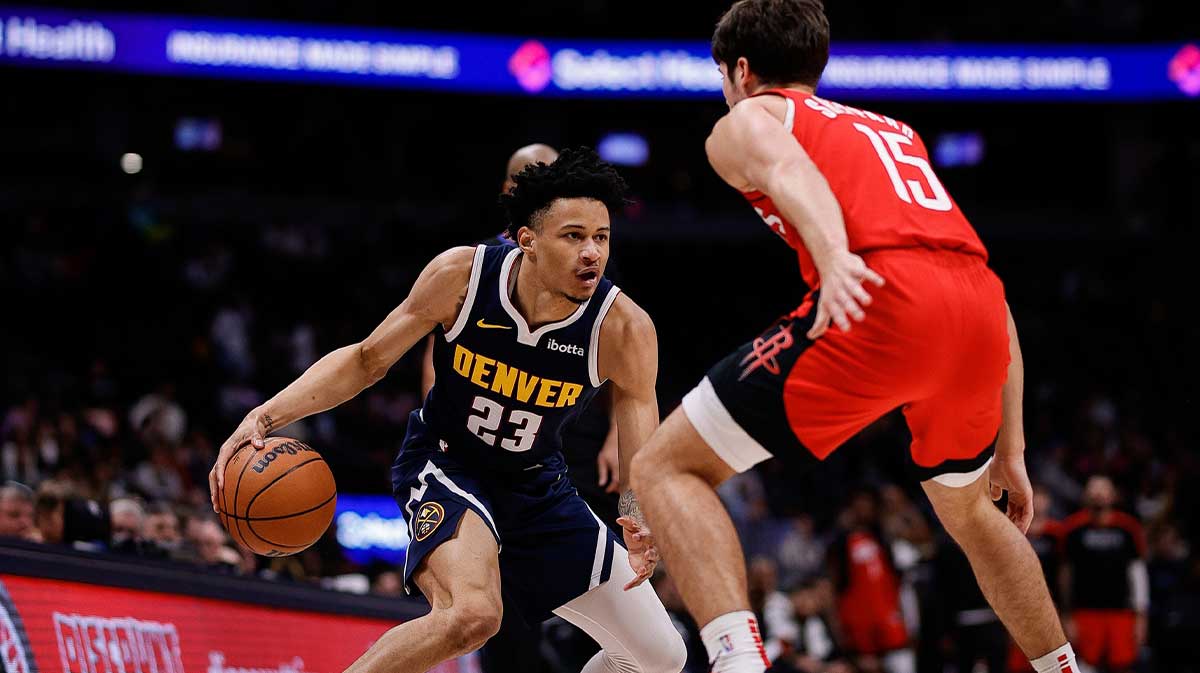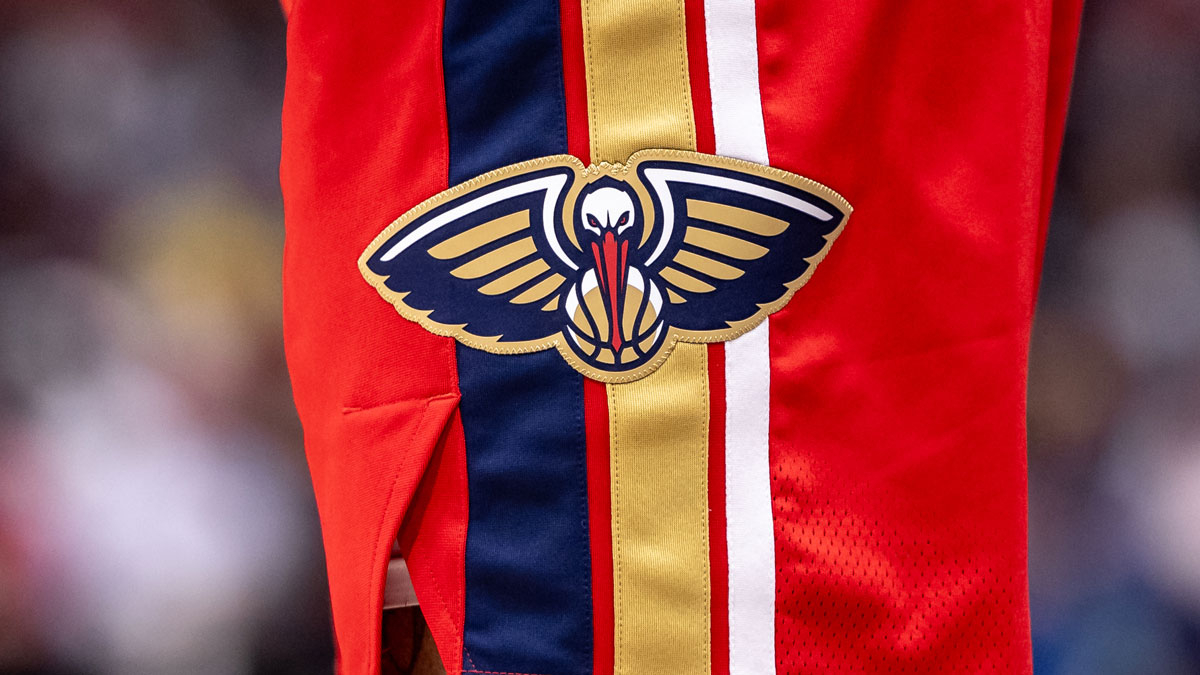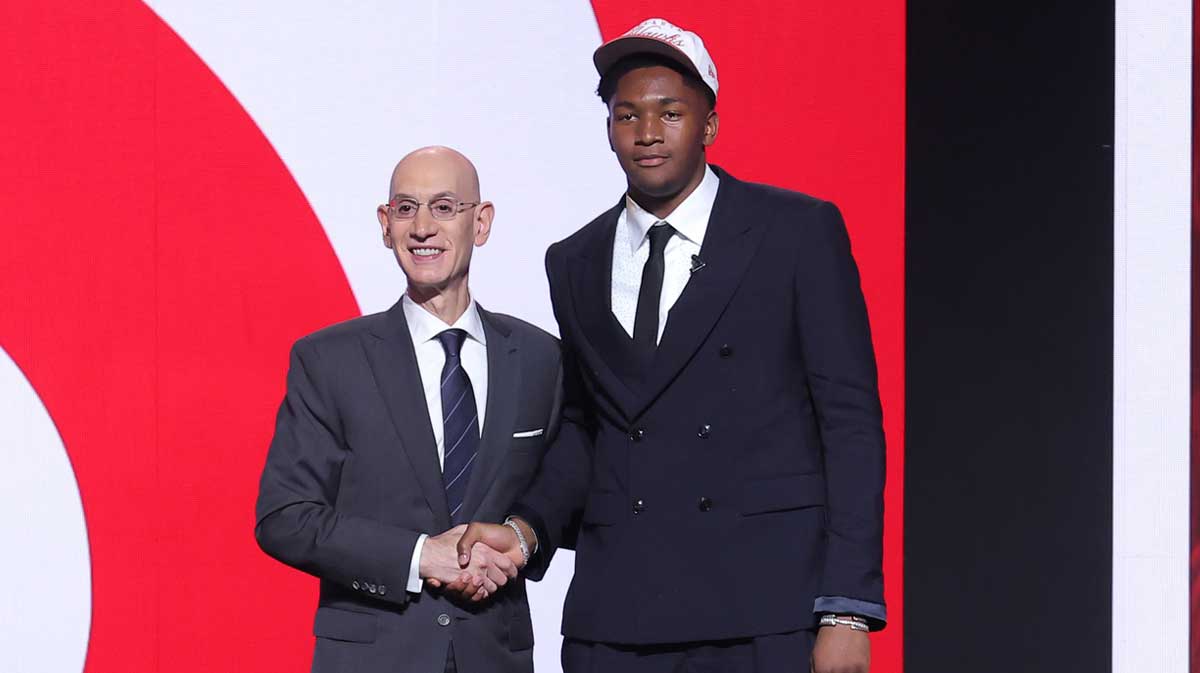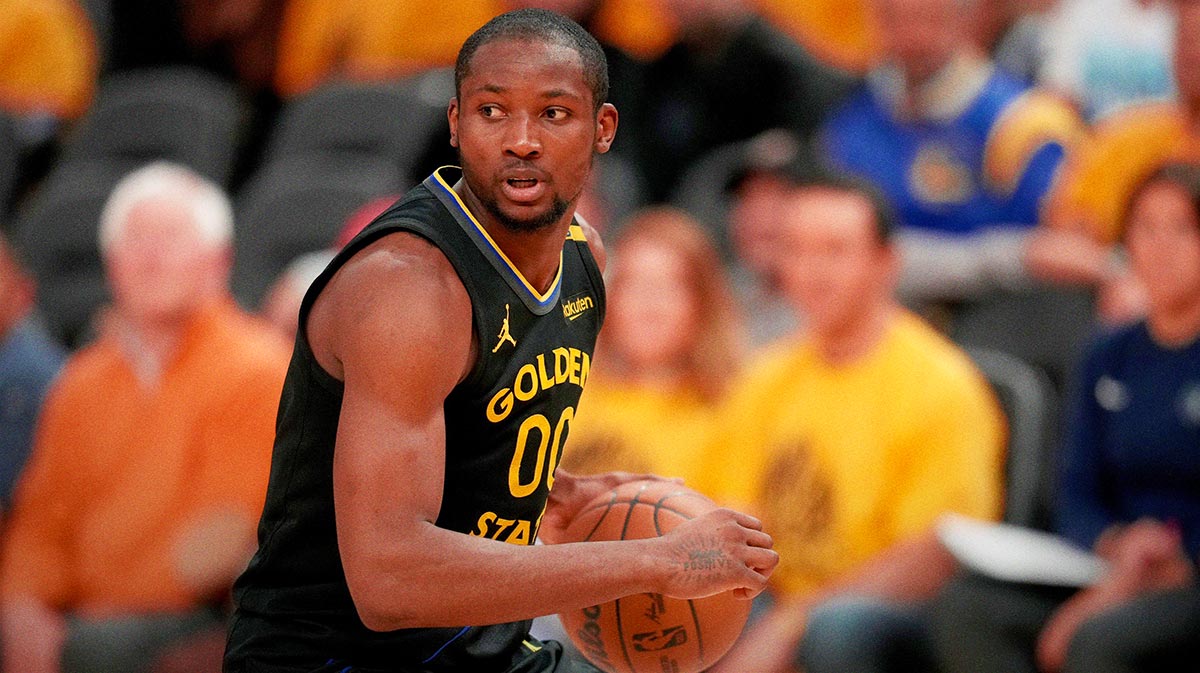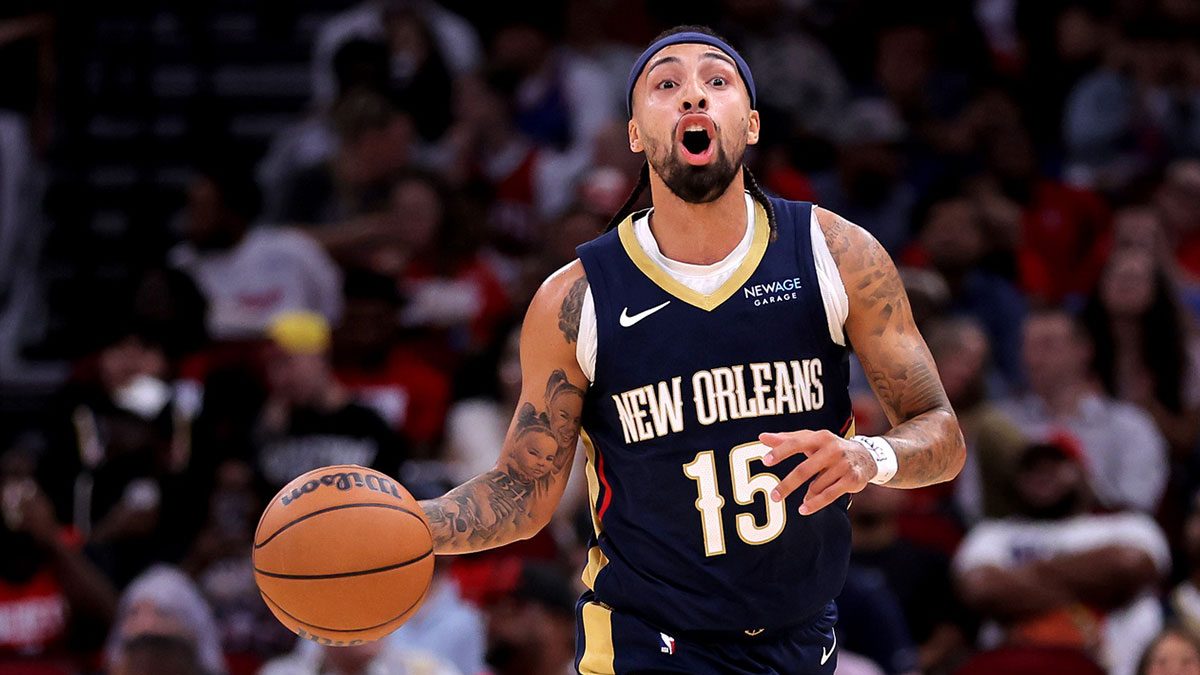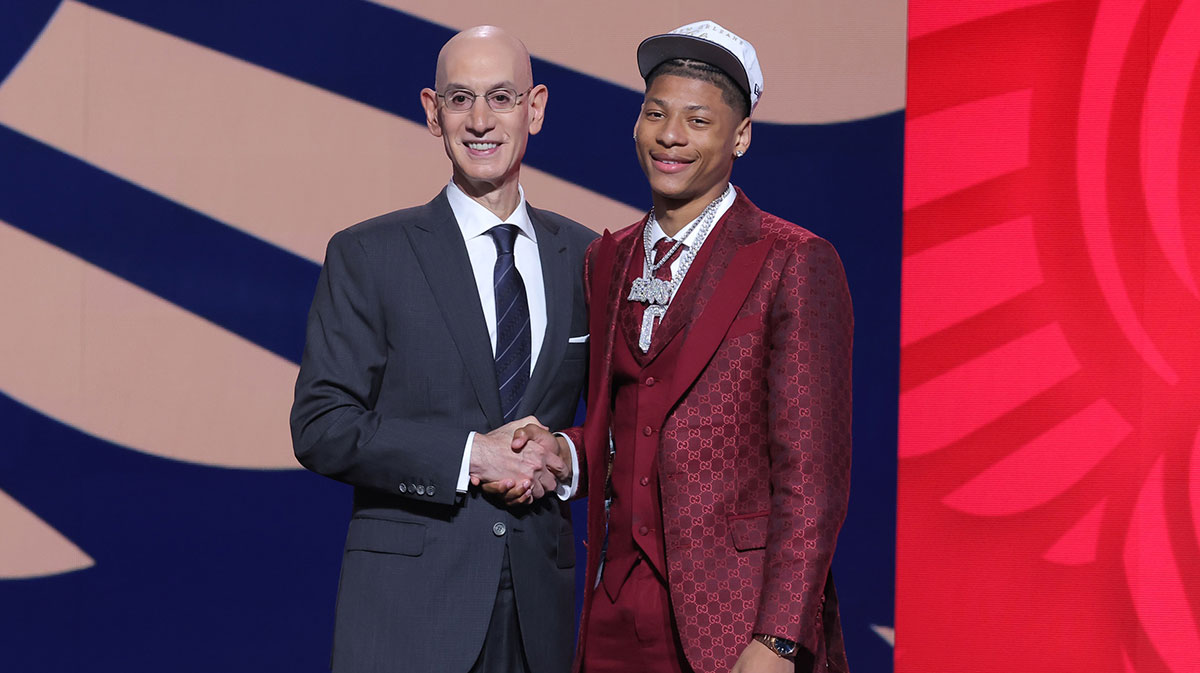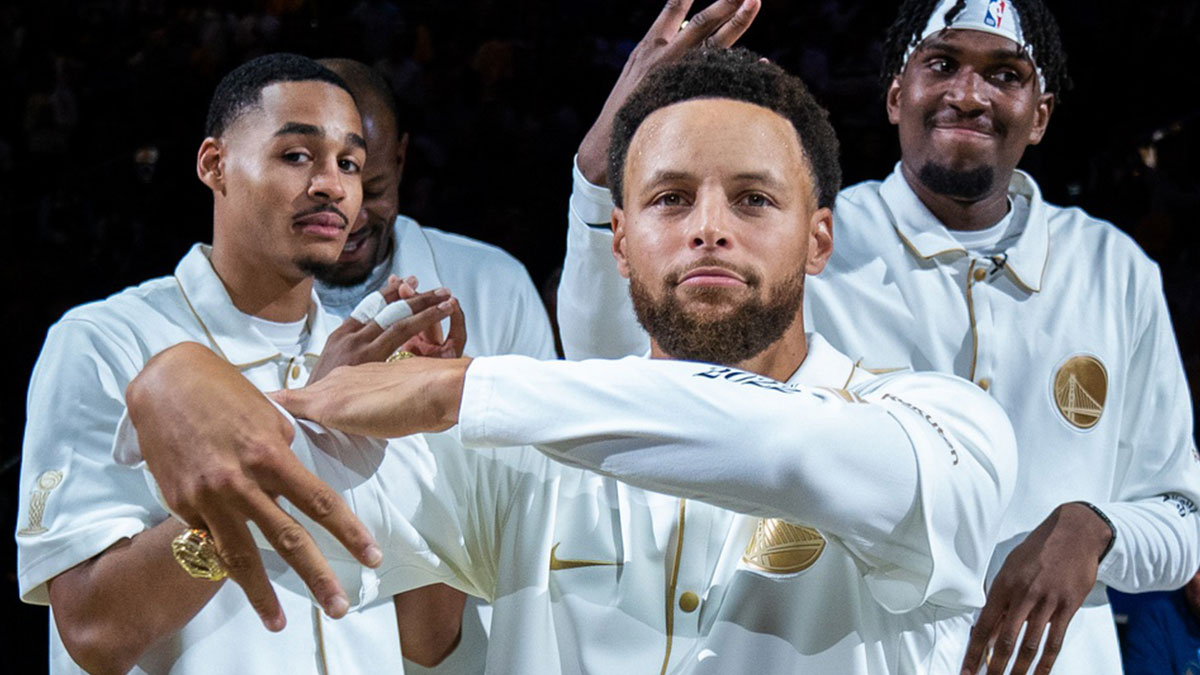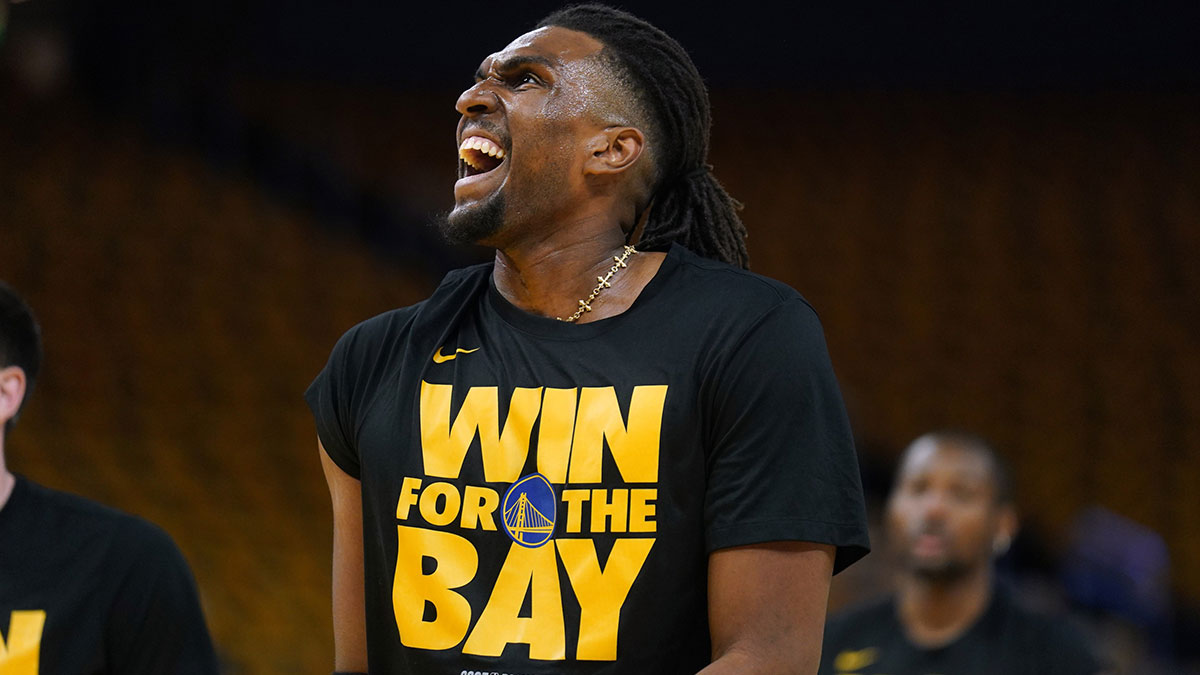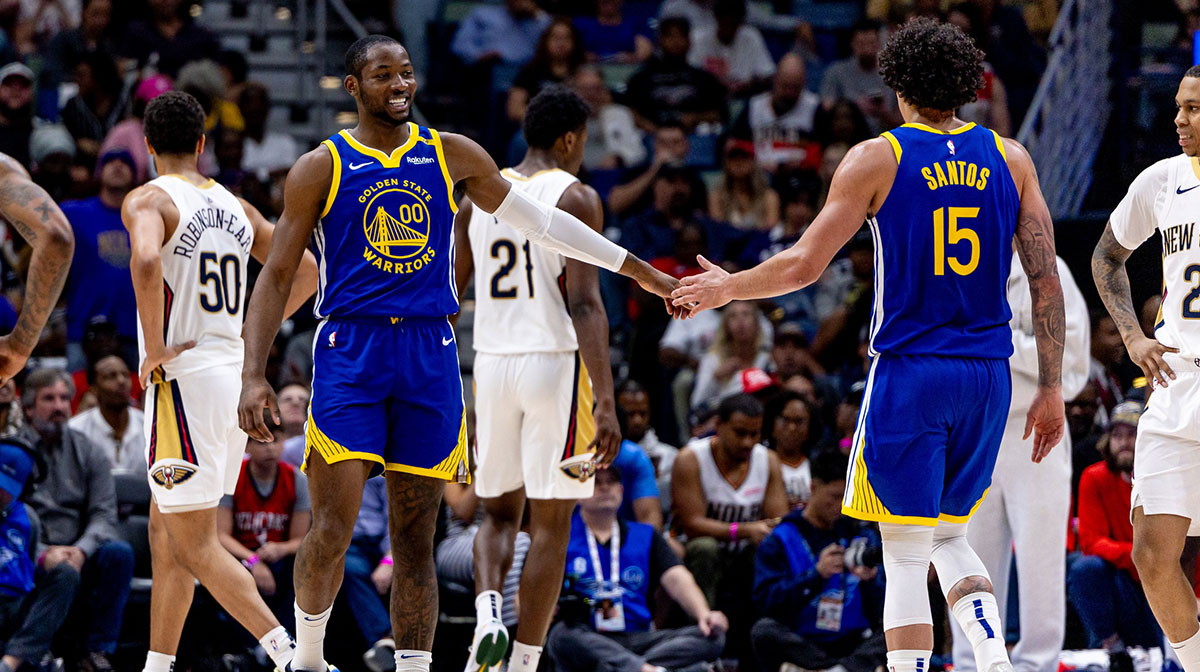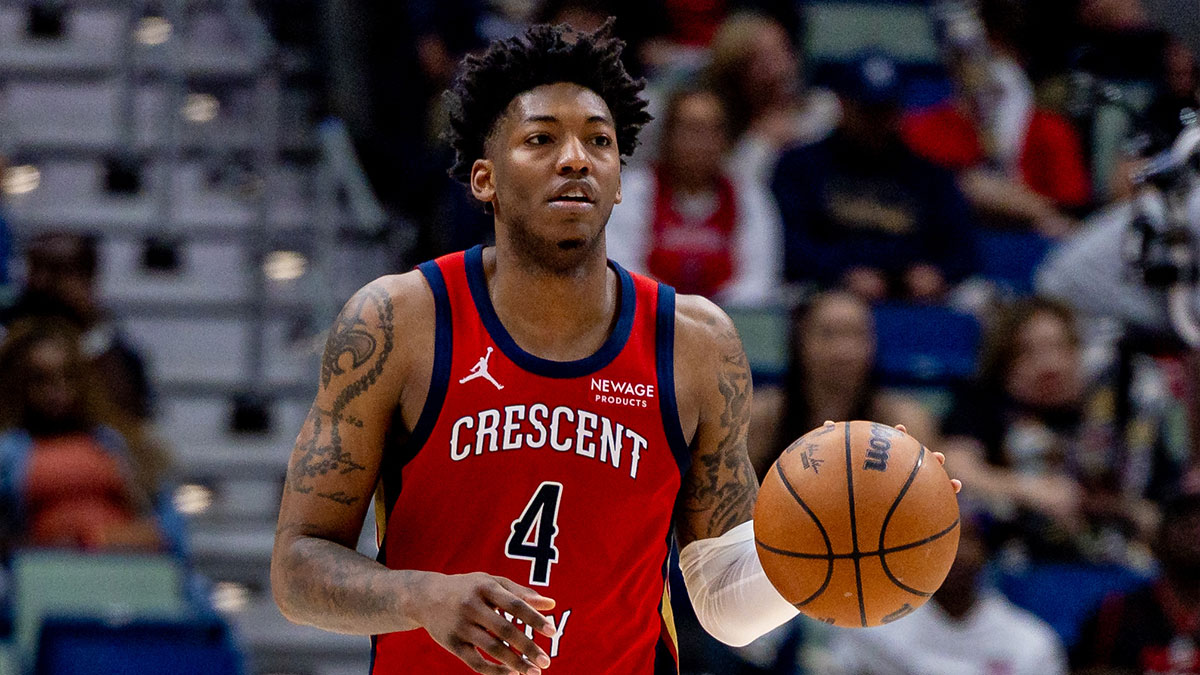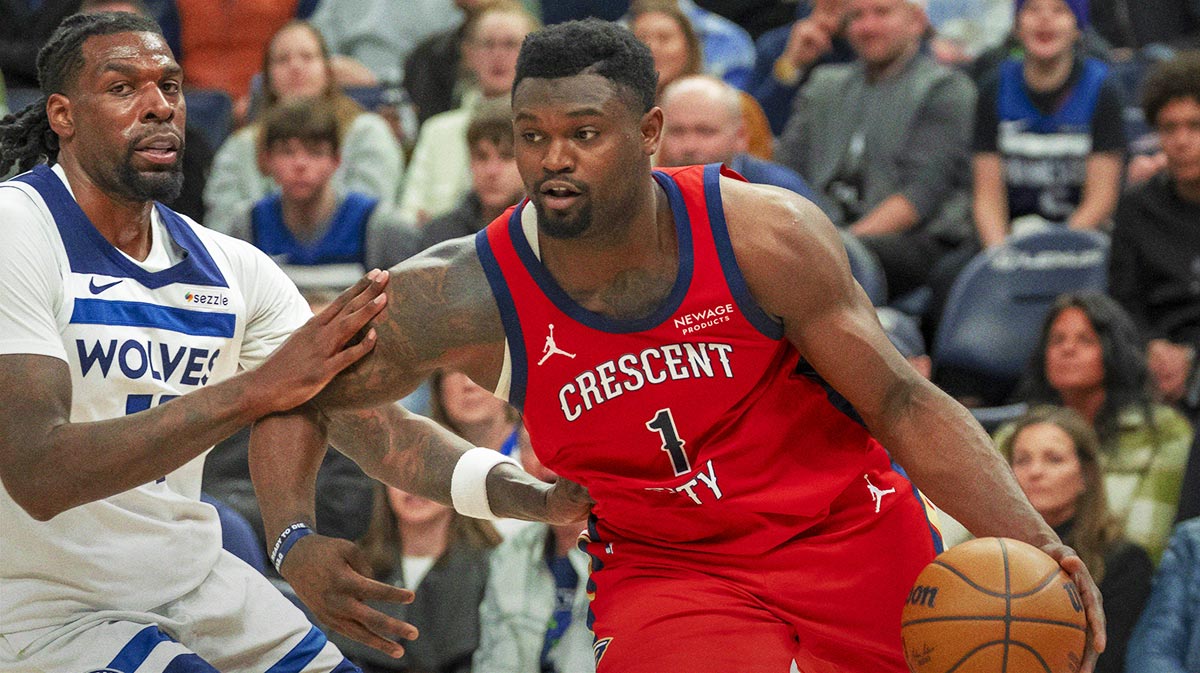Zion Williamson's impending debut has come with plenty of doubts from different NBA circles, as many have wondered how a 6-foot-6, 285-pound body could survive the grueling nature of an 82-game NBA season. Yet the New Orleans Pelicans are paying less attention to the numbers in the scale, but rather focusing on his mobility: how we walks, runs, and moves from side to side.
There's much that comes with having a 285-pound frame, but to those familiar with his rare body type, the argument rests in him moving fundamentally sound. Some within the Pelicans organization noticed the sheer torque Williamson applied to his body with every step and stride, which they witnessed in the preseason.
“If you're not moving well, I don't care if you're 300 pounds or if you're 175 pounds, there's going to be a problem,” said an NBA trainer familiar with Williamson, according to ESPN's Baxter Holmes. “It's got to be quality movement. The mechanics have to be done right.”
Williamson is a freak of nature by all accounts — take for example a recent vertical leap test. Williamson recorded a whopping 33 inches, not far from Andrew Wiggins' record of 36 inches.
Eric Leidersdorf, P3's director of biomechanics, was quick to note that weighs 85 pounds more.
“No one with his body type gets up there,” he said, rewatching the jump.
Later during that session, Williamson went to the box jump, jumping down from an 18-inch box before quickly-jumping back to another. When he did, the force plates recording his activity tracked a massive 4,900 newtons worth of force — about twice the amount needed to crack a brick with a karate punch, according to Holmes. It was also the highest mark P3 officials had ever seen.
“Zion has the highest peak force of any athlete we've ever assessed — and he was still in high school,” said Dr. Marcus Elliott, the founder of P3.
Yet some of the concerns lie on his side-to-side mobility, a problem not only Williamson has, but many other prospects today that hardly train that aspect of their game. They struggle getting low to the ground, hence a recent fallout of defense at the NBA level — something trainers call “tight hips.”
“At first, I would kind of laugh at it,” the scout says. “But now I notice it more and more often, especially when they move laterally while defending. A lot of these guys can't get low to the ground.”
Pelicans vice president David Griffin believes Williamson's meniscus injury could be a “blessing in disguise,” as it's given the training and medical staff ample time to evaluate him. Yet others around the league know it will be a challenging feat to get him to that ideal shape.
“They have a lot of work ahead of them,” a Western Conference NBA athletic trainer said of the Pelicans. “It's not their fault, [but] I don't think it's going to be super easy.”
Williamson could potentially make his NBA debut next Wednesday against the San Antonio Spurs, likely showing some of the changes the medical staff has put in place to get him ready for this season.

